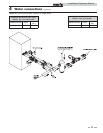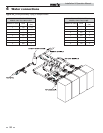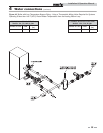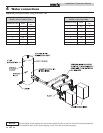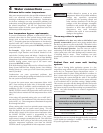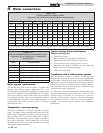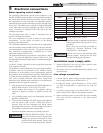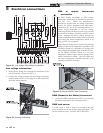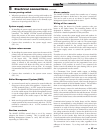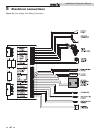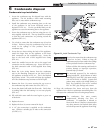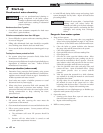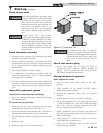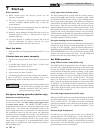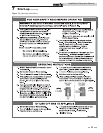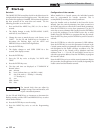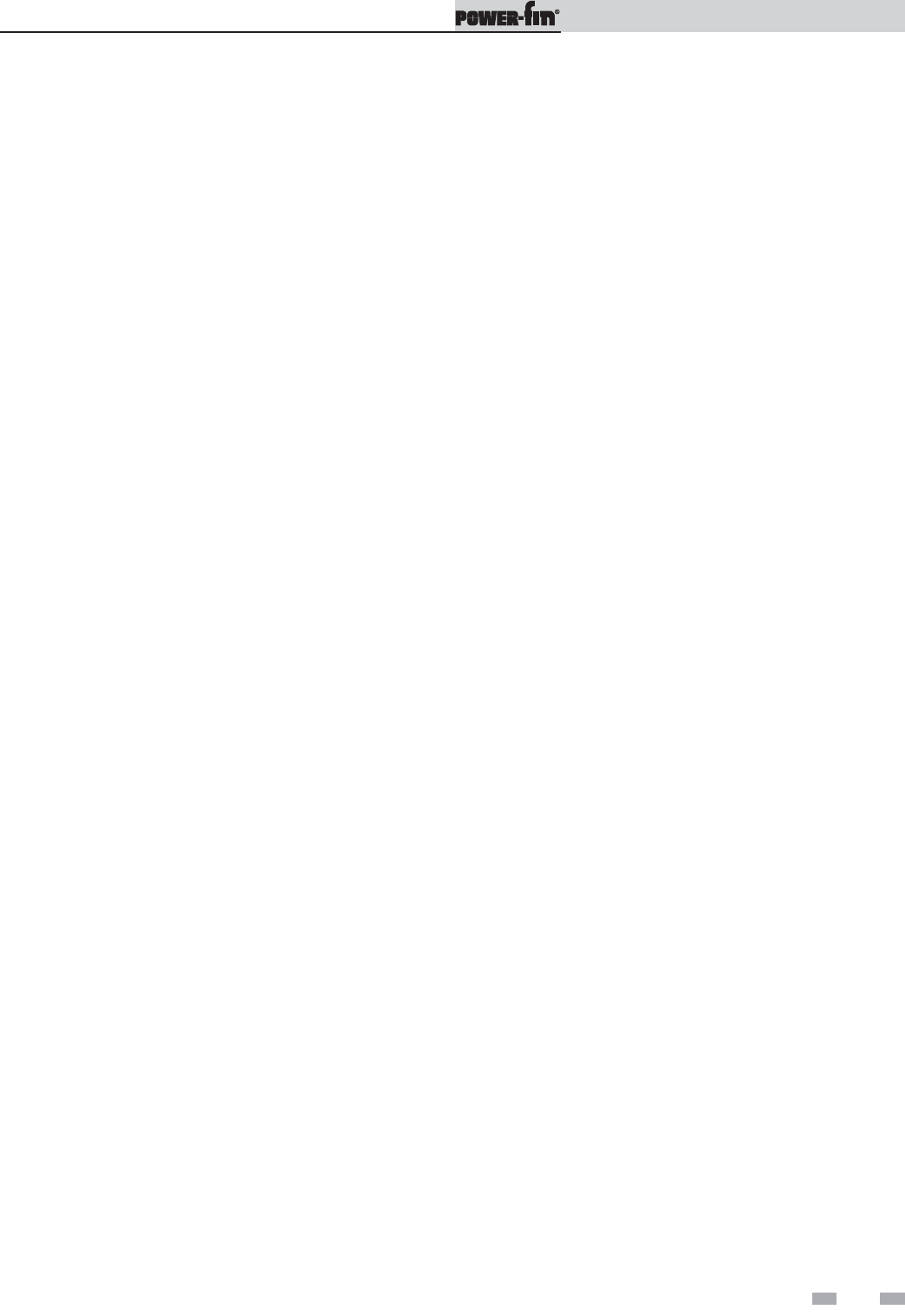
Installation & Operation Manual
5 Electrical connections (continued)
45
Louver proving switch
1. When the operation of a louver proving switch needs to be
verified before the boiler fires, remove the jumper wire from
these terminals and connect them to the normally open
contacts on its proving switch (FIG. 5-4).
System supply sensor
1. By installing the system supply sensor into the supply of the
primary loop, the temperature of the primary supply can be
controlled. The SMART SYSTEM control automatically
detects the presence of this sensor, and controls the boiler
firing rate to maintain the system supply temperature to the
set point (if the outlet sensor control is currently selected).
2. Connect these terminals to the system supply sensor
(FIG. 5-4).
System return sensor
1. By installing the system return sensor into the return of the
primary loop, the temperature of the primary return can be
sensed when a 3-way valve or other device is installed ahead
of the heater inlet. The SMART SYSTEM control
automatically senses the presence of this sensor. If the inlet
sensor is selected as the controlling sensor, the SMART
SYSTEM control will adjust the firing rate to hold the
system return temperature to the set point. It is strongly
recommended that the system supply sensor be installed as
well.
2. Connect these terminals to the system return sensor
(FIG. 5-4).
Boiler Management System (BMS)
1. An external control may be connected to control either the
firing rate or the set point of the appliance. Connect the 0 -
10 VDC terminals to the 0 - 10 VDC output of the external
control. The SMART SYSTEM control can be programmed
to use the enable output of the Boiler Management System,
or use the voltage signal to enable the heater. Connect the
enable terminals to the enable output of the BMS, when
used.
2. Make sure the ground terminal is connected to the ground
output terminal of the external control, and the 0 - 10 VDC
terminal is connected to the 0 - 10 VDC terminal of the
external control.
Runtime contacts
The SMART SYSTEM control closes a set of dry contacts
whenever the burner is running. This is typically used by
Building Management Systems to verify that the boiler is
responding to a call for heat.
Alarm contacts
The SMART SYSTEM control closes another set of contacts
whenever the heater is locked out or the power is turned off.
This can be used to turn on an alarm, or signal a Building
Management System that the boiler is down.
Wiring of the cascade
When wiring the heaters for Cascade operation, select one
heater as the Leader heater. The remaining heaters will be
designated as Members. See page 52 Configuration of the
Cascade for a detailed explanation of this procedure.
On boilers, connect the system supply sensor and outdoor air
sensor (if used) to the Leader boiler. The location of the system
supply sensor should be downstream of the boiler connections
in the main system loop (FIG.’s 4-3 and 4-6). The system supply
sensor should be wired to the low voltage connection board at
the terminals marked for the system supply sensor (see
FIG. 5-4). The Leader control will use the water temperature at
the system supply sensor to control the operation of the
Cascade.
If outdoor air reset is desired, the outdoor air sensor should be
wired to the low voltage connection board at the terminals
marked for the outdoor air sensor (FIG. 5-4). If the outdoor air
sensor is connected, the Leader control will calculate the water
temperature set point based on the programmed reset curve
parameters. If the outdoor air sensor is not connected, the
Leader control will maintain the space heating (SH) set point
that is programmed into the control.
If a Thermostat, Zone Control enable output, or Building
Management System enable output are available, it should be
wired to the low voltage connection board on the Leader boiler
at the enable terminals. If the boilers are to run continuously,
leave the jumper wire between the enable terminals. This will
initiate a call for heat on the Cascade. Also, leave the jumpers on
the enable terminals of all the Member heaters. This will allow
them to run independently should the Leader heater fail.
On water heaters, connect the tank thermostat or BMS enable
output to the low voltage connection board on the Leader
heater, at the terminals marked for the tank thermostat. If a tank
sensor is used, connect this sensor to the low voltage connection
board on the Leader heater, at the terminals marked for the tank
sensor.
Communication between the Leader heater and the Member
heaters is accomplished by using shielded, 2-wire twisted pair
communication cable. Connect one of the twisted pair wires to
terminal A on each of the low voltage connection boards, and
the other wire of the twisted pair to terminal B on each of the
low voltage connection boards. Connect the shield wire to the
shield ground terminal on all of the heaters. If more than two
heaters are on the Cascade, daisy chain the wiring from the
Cascade terminals on the second heater to the Cascade terminals
on the third heater, then from the third to the forth, and so on.
The connections can be made in any order, regardless of the
addresses of the heaters. Try to keep each cable as short as
possible.



